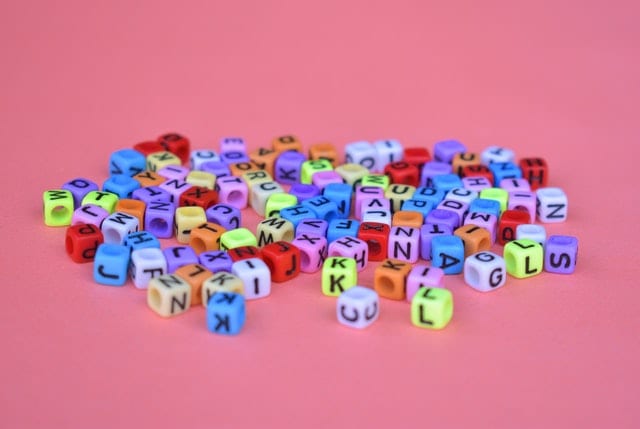Liraz Postan
Liraz is an International SEO and Content Expert with over 13 years of experience.

For translators, it’s fascinating learning about letters and where they and other forms of writing originated.
As we start our formal schooling (and sometimes earlier for some children), we’re taught how to write. For translators, it’s fascinating learning about letters and where they and other forms of writing originated. Of course to be a successful translator it’s not required that you understand the history of writing, but most translators love words and language itself, so perhaps you may find some of the following information interesting.
If you do some research on the subject of the history of letters and writing you’ll discover that the alphabet we use today is actually a Latin alphabet. It’s used in both Spanish and English languages: it was based on the Greek alphabet and comes from Phoenician. This in turn has its origins in the Coptic Egyptian language, which is a cursive form of hieroglyphs.
Thousands of years ago the ancient Egyptians used papyrus to write hieroglyphics on scrolls, but even before this the Sumerians were already writing on a form of paper which was entirely their own invention. It’s impossible to determine precisely who invented writing because it’s an art that’s evolved since the beginning of time. Markings used as counters have been found in prehistoric caves, and this is indeed a form of writing.
A fundamental part of the history of civilization itself is the history of writing utensils used by humans to record and convey their feelings and thoughts over the centuries. Because of these methods of communication, like drawings, words, and signs recorded by our predecessors, we’re now able to research more about our history.
One of the caveman’s first inventions was a stone, sharpened by hand, which became a hunting tool. Besides being a lethal weapon, this stone was also used as the first writing utensil. Using this tool the cavemen found ways to create drawings and images on the walls of their caves. These drawings in the caves depict everyday events, like successful hunts and the planting of crops.
It was the Greeks who developed the first writing utensils that resemble the pen and paper we know today. They made a pen from bone, metal, or ivory and used it to place marks on a type of waxed table; so it was in Greece where we see the first examples of handwriting. Then writing started moving beyond markings on wet clay or drawings and images on stone. In India, the Chinese philosopher, Tien-Lcheu, invented India Ink: this was a mixture of soot from oil lamps and smoked pine, and by 1200 BCE the ink had become a very common writing tool.
Other Eastern cultures later developed inks using natural colors and dyes derived from plants, berries and minerals. It’s interesting to note that different colored inks had different meanings associated with them in early writings.
The letters of the alphabet in use today originated from ancient Egypt, at least a thousand years after the start of writing’s history. We see the first formal alphabet being introduced in 2000 BCE: the purpose of this language was to represent the language of Semitic-speaking people and today’s languages of the modern world, including Latin and Greek alphabets, are rooted there.
It’s thought that by 2700 BCE the ancient Egyptians had already created a minimum of 22 hieroglyphs as representatives of consonants in their language; plus a different symbol representing what we now call vowels.
Contact us to learn more about BLEND’s translation services and localization services.
What our customers are saying